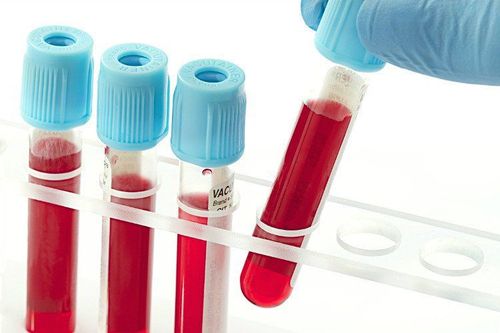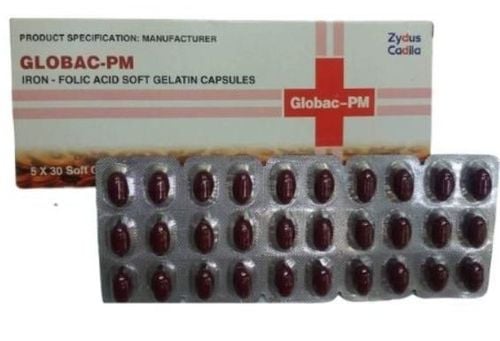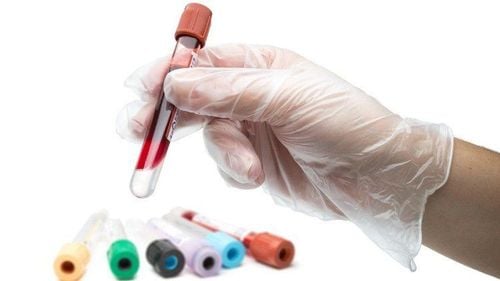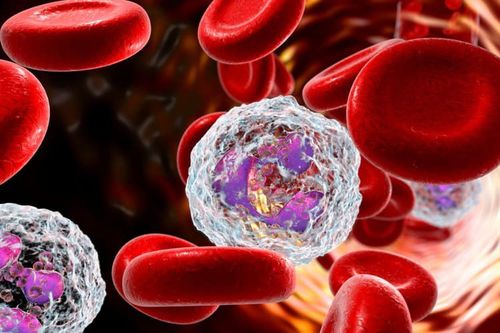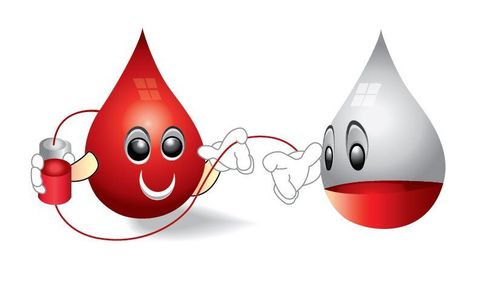This is an automatically translated article.
The article was written by Specialist Doctor II Le Thi Na - Doctor of Hematology - Laboratory Department - Vinmec Times City International Hospital.
Complete blood count (CBC), including white blood cell (WBC) count and morphology, red blood cell (RBC) and platelet- PLT) is a routine test that plays an important role, providing valuable information about the patient's health status, identifying a number of hematological conditions.
1. Peripheral blood cell test on classical optical microscope
Previously, analysis of cell morphology on giemsa-stained blood slides was performed by optical microscopy. Although this method is the gold standard, it has the disadvantages of being labor-intensive, requiring constant training of personnel, and influenced by the subjectivity of the template reader.
Furthermore, there are space constraints for the storage of specimens and difficulties when it comes to cell imaging for discussion and consultation.
2. Flow cytometer

During the 1980s, the field of laboratory hematology diagnosis of blood samples advanced significantly with the introduction of flow-based cytometers.
This blood cell analyzer is very widely used for CBC in many laboratories and gives the result of each type of blood cell, calculates the percentage of white blood cells such as basophils , eosinophils, neutrophils, lymphocytes, and monocytes.
A significant drawback of these models is that they do not allow some morphological changes in blood cells to be detected. Specifically, the blood analyzer cannot identify abnormal cell types, red blood cell composition, or changes in cell structure.
In particular, this method does not allow reliable classification of immature and atypical forms of WBC. In these cases, abnormal results will be marked by the machine, and the laboratory staff will decide whether to perform a blood slide and re-scan it under the microscope.
Therefore, up to now, examination and evaluation of blood cell morphological changes on blood slides by optical microscopy is still considered the gold standard.
According to Albert Schweitzer and Ziekenhuis Dordrecht (Netherlands), approximately 21% of CBC results on hematology analyzers need to be reevaluated on herd blood smears.
3. Automated electron microscopy systems incorporating artificial intelligence in diagnosis
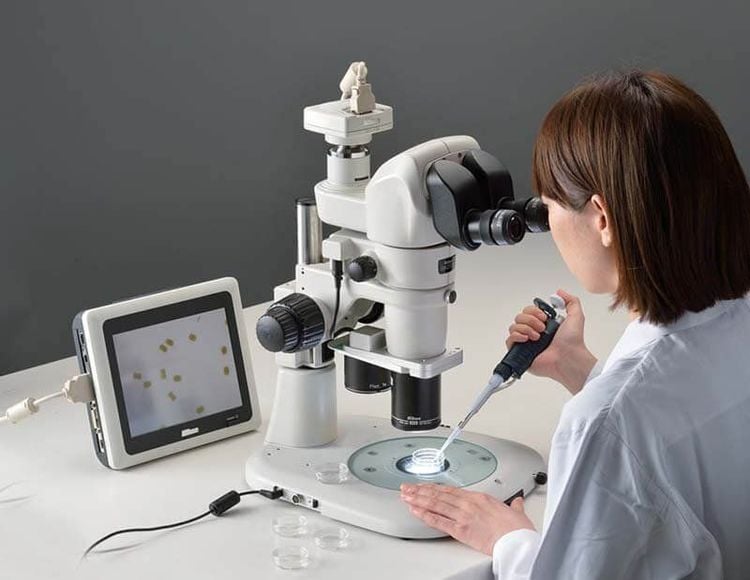
Recently, more advanced automated digital microscopy systems have been developed and applied in hematology laboratories. Most of these systems use digital cameras that are paired with a computer system.
Digital images of individual cells are used as inputs for computer-aided classification based on blood cell imaging analysis parameters such as morphology, color and texture features , with the powerful support of a database of cell images up to several hundred thousand selected images.
Currently, this is the most modern technology applied in morphological analysis in the specialty of Hematology, promoting the advantages, overcoming the remaining disadvantages of classical microscopes, providing valuable support. force for hematologists in diagnosis.
Zorić M., Taradi I. and Šiftar Z. of the Department of Medical Biochemistry and Medical Laboratory, Merkur University Hospital, Zagreb, Croatia evaluated 71 blood specimens on West's automated microscope system. Medica, Austria showed 99% coincidence when these blood samples were evaluated simultaneously by the laboratory technician as well as on the Sysmex XE5000 automated system using recognized ISO analytical methods. 15189.
According to Sosin, D. Yu et al., there was no statistically significant difference between leukocyte count and morphological results performed manually and using the Vision Hema® Ultimate instrument, West Medica , Austria (p> 0.05); almost identical results. The correlation coefficient was highest for neutrophils, lymphocytes, and eosinophils (0.9638%, 0.9342% and 0.9172%, respectively). For monocytes and basophils, it was 0.9047% and 0.7613%, respectively.
Automated blood slide analyzers are increasingly reliable and efficient in meeting the practical requirements of modern laboratories.
Since the beginning of 2020, Vinmec Times City International General Hospital has put into use the automatic scanning optical microscope system, applying artificial intelligence in pre-classification of blood cell morphology Vision Hema Pro 4 of West Medica, Austria aims to improve test quality for the benefit of patients. This device reduces the workload on medical staff, improves working conditions, and allows more time for thorough analysis of pathological samples. This will ultimately lead to an increase in clinical diagnostic quality.
Using computer technologies to log and store all test results increases the objectivity of the data. If necessary, the data stored in the PC memory can be repeatedly validated by experts.
Therefore, blood smear examination using an automated slide analysis system is considered as a new reference method that provides greater confidence and objectivity to the test results compared to blood smear analysis. previous manual accumulation.
Please dial HOTLINE for more information or register for an appointment HERE. Download MyVinmec app to make appointments faster and to manage your bookings easily.
SEE MORE
Instructions on how to read the results of the total blood cell analysis The meaning of the indicators in the blood test Peripheral blood cell test with a laser machine





